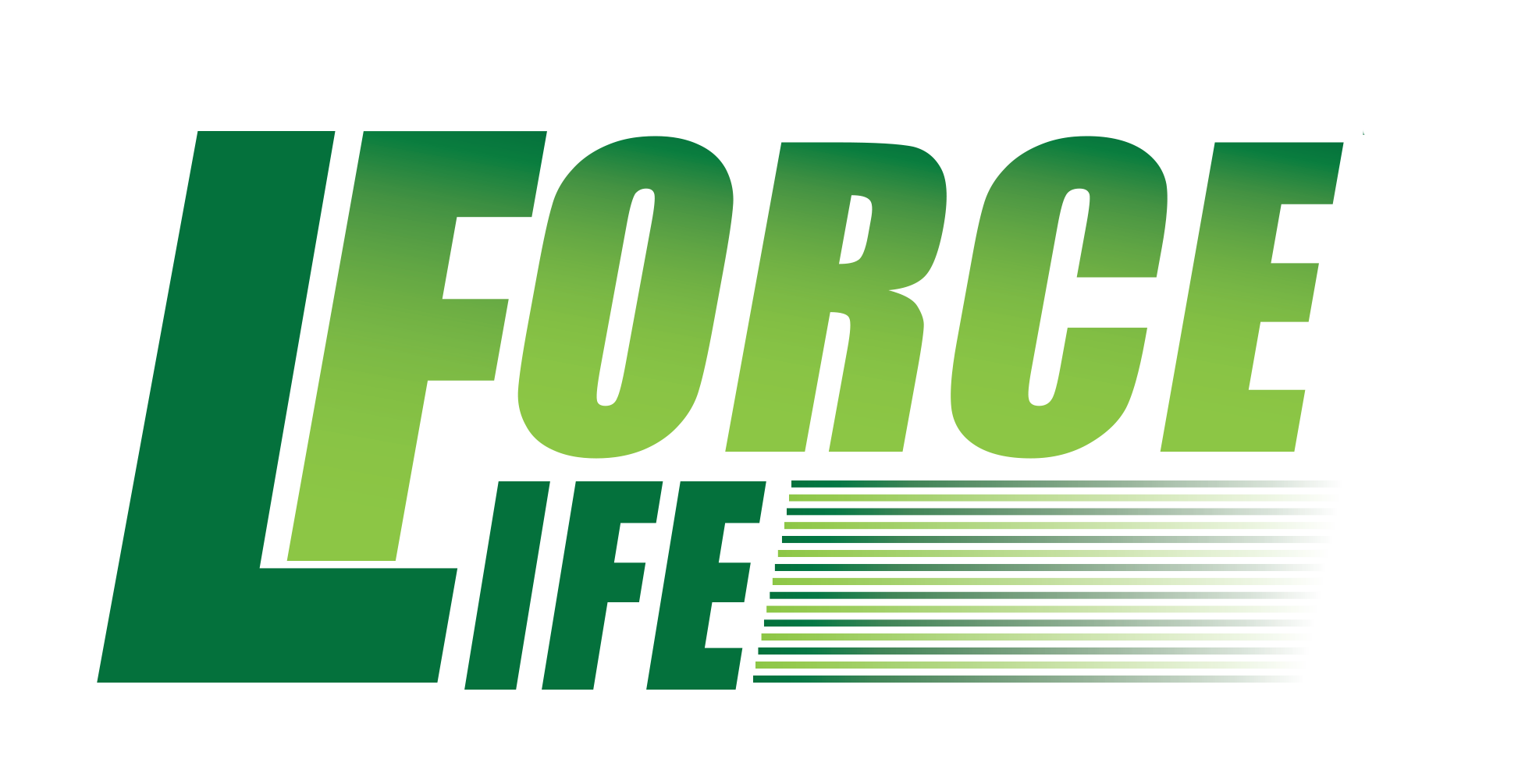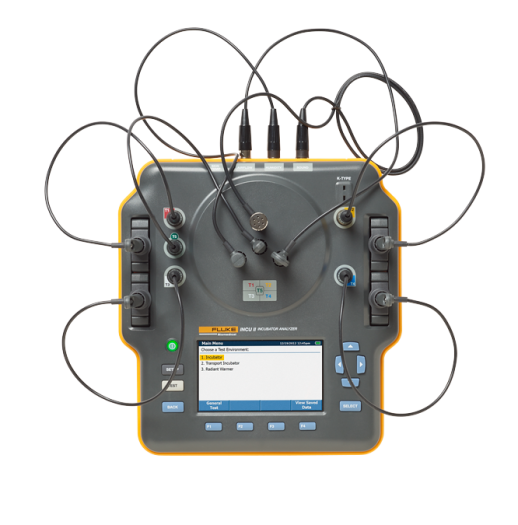
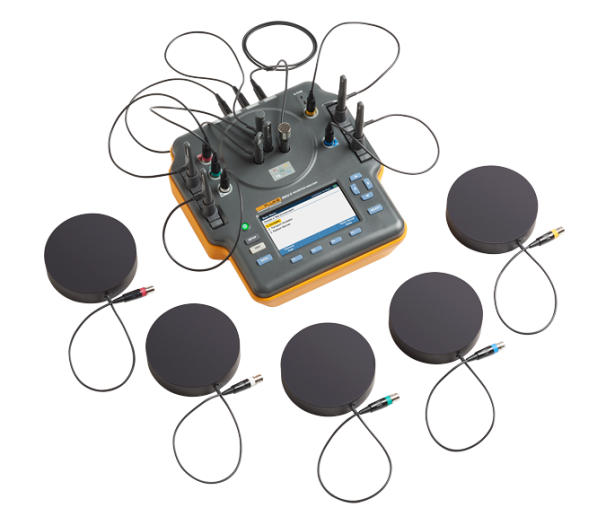
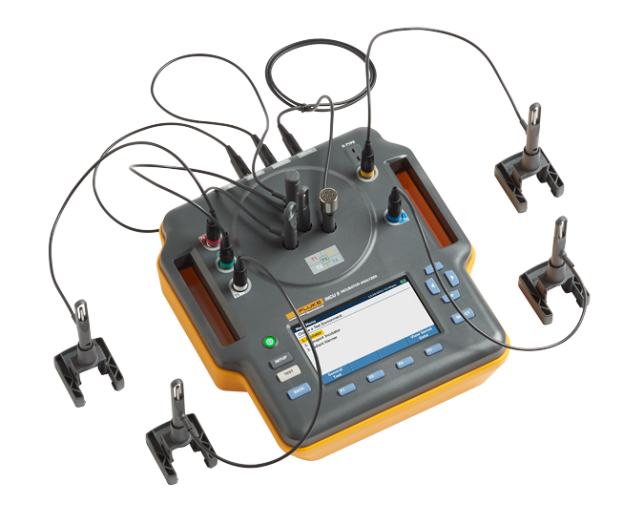
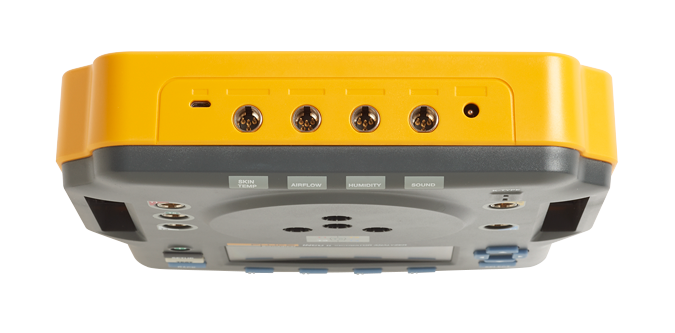
INCU™ II Incubator Tester
The INCU II Neonatal Warmer makes testing incubators and radiant neonatal warmers fast and easy.
INCU™ II Incubator Tester
Time Saving and Easy to Use
The INCU II Neonatal Warmer Analyzer simplifies test analysis and reporting. Not only are real-time results displayed, but Pass/Fail indicators make it quick to troubleshoot, and pinpoint issues. An Excel add-in allows for detailed test analysis with visual graphs, and the option of creating customized or standardized reports. Test results can be saved on the device or transferred to your computer. The 24 hour battery allows for long-term testing, and the INCU II can store up to 48 hours of test memory.
Key Features
- Save testing time with simultaneous measurement of temperature, skin temperature probes, humidity, airflow, and sound
- Quickly and conveniently download test results and data with wireless* functionality
- Simplify test set-up with color-coded temperature probes that match color of input ports
- Easily analyze results with built-in test automation that features simple pass/fail indicators
- Protect and enhance traceability with downloadable test data and reports to your CMMS
- Visualize results in real-time with a large, color LCD screen
- Test all day with 24 hour battery life and large on-board memory
- Automate and standardize your testing procedure with customizable test sequences and built-in automation
- Ensure quality assurance and patient safety by complying with all global standards, including IEC 60601-2-19, IEC 60601-2-20 and IEC 60601-2-21
When airflow is being measured by the INCU II, the probe will need to detect a steady airflow before it begins its measurement "stabilizing". Once it has done so, it will record the measurements and display them in real-time on the device. The "OL" signifies that the measurement is beyond the specified range of the INCU II Analyzer, meaning that the airflow being measured is above 2.10 m/s. If the airflow is below 0.10 m/s, the unit will display "<0.10 m/s."
To maximize accurate airflow measurements, position the airflow probe perpendicular to the air flow in the DUT and without any obstructions to interfere with the airflow path to the probe. Refer to the User's Manual for more a more detailed description.
NO. You will notice that each probe has a tag on its wire with numbers these are that probe's calibration numbers. Each probe is specifically calibrated to its respective port which is why the probes are labelled and color-coded. Although the temperature probes/pucks will fit into the other ports and even take a reading, if they are not plugged in into the correct ports, the reading will not be accurate. It is critical that the probes/pucks are plugged into their respective labelled/color-coded ports.
Because each probe is specifically calibrated to its port, probes (temperature and every other parameter) cannot be interchanged between devices unless both devices are calibrated with that probe's calibration numbers.
If you need to replace a probe, you will have to enter in its calibration numbers into the respective probe in "Probe Information" in the "SETUP" menu.
Yes, Test Groups will complete automatically. HOWEVER, before you create a test group, it is highly recommended that you go through each test and understand what the test will require from you (the user). For example, if a test group is created and includes the Inside Alarm level, the device will not automatically carry out the test; you need to be there to manually turn on the alarm to get a reading for the test. Another example is airflow; to measure airflow properly, a reading must be taken from the center and each quadrant thus requiring the airflow probe to be moved about the environment. This means that with certain tests, the device cannot be simply placed into the test environment and left alone for several hours; interaction is needed with both the device and DUT for the INCU II to complete the test and continue through the Test Group. Read through the tests beforehand to ensure you understand what is required from you as the user to avoid this.
A great solution is to create two test groups one with all the tests you need to perform that require your interaction with the device, and the other with the tests that are hands-free and allow you to perform other activities while it is testing. It might be beneficial to group all temperature tests into one Test Group, to avoid disturbing the test environment as much as possible.
INCU II has a mini Ansur plug-in not a full Ansur plug in. The mini Ansur plug-in is what provides the interaction between your personal computer and the INCU II device to allow test results to be transferred to your computer. The INCU II does NOT have full Ansur compatibility, but the "Create a Test Group" option and Excel Add-In allow you to standardize your workflow and create a report specific to your needs.
No. The placement pad is merely a guide to help you correctly place the INCU II device in the center and probes in the center of the four quadrants of the mattress. The pad is an average mattress size, so if the mattress of the incubator/radiant warmer in your facility is not the exact size, the pad will not tell you EXACTLY where the center is but it serves as a guide. There are detailed instructions in the User's Manual to find the center and center of each quadrant, but you will find that the placement pad is helpful and intuitive to use.
If wireless is available in your country, you can upgrade your INCU II device from non-wireless to wireless with a simple numeric code entered into the "Wireless Configuration" option in the "SETUP" menu. To get this number, contact Order Management or Service with your unit's serial number, and they will generate the numeric code for you. Ask your local representative if wireless if available in your country, and to find out more.
The placement pad is a microfiber cloth it is not antimicrobial. Whenever an incubator or radiant warmer is tested or serviced, it should be thoroughly cleaned and sanitized before being used by a patient again, so sanitizing the placement pad or INCU II device before or after each use is not necessary.
The General Testing option will allow you to log data in real-time for all probes plugged in for however long you choose (refer to question #6). The Standards-based Tests ("Choose an Environment") contain lists of tests that are specific to the IEC standard for the environment in which you are testing. When you have finished your General Test, you will need to perform your own test analysis for the results that are achieved to understand whether or not a test has passed or failed to your own protocols. The Standards-based Tests will show Pass/Fail indicators at the end of each test for easy test analysis, and you can also create Test Groups with this feature for automated test completion.
The General Testing option is a highlighted feature of the INCU II. The General Test option is basically a data-logging mode; any probe that is plugged in be it a temperature probe(s), pucks, airflow, sound, humidity, etc. and every combination thereof the INCU II will take continuous measurements until you stop the test. With this option, you can complete a test in 15 minutes (after STC has been achieved) or up to 48 hours.
The General Test gives you the freedom to do perform non-standards based testing that is specific to your facility; you can create a unique protocol specific to your needs. Another great example of using the General Testing is to do a "quick test" of the incubator/radiant warmer after it has been serviced, to ensure all parameters are within range in a quick manner.
The temperature probes are for closed-environment testing, so are to be used in incubators and transport incubators. The temperature pucks are specifically for radiant warmers. If the temperature probes were used in a radiant warmer, the readings would not be accurate; a vent, breeze, or any air movement would severely affect the temperature readings. The temperature pucks are designed to absorb the heat given from the radiant warmer, so external air movement will not affect their reading.
After the initial "stabilizing" period of the airflow probe, the INCU II will then display the airflow measurement. If the airflow inside the test environment is at or over 2.1 m/sec, the INCU II will display "OL", meaning the airflow is above the outer limit. Keep in mind that according to IEC 60601-2-19, 2-20, and 2-21 standards, an acceptable airflow measurement is at or below 0.35 m/sec.
To learn more, register and/or visit our Advantage Training website at: Advantage Training
There are two models available: Non-wireless (4722635) and Wireless (4722620). Wireless is not available in all countries, and some customers specifically request non-wireless for their facility, so a non-wireless version was made available. Although a non-wireless unit can be upgraded to a wireless version if desired and permitted in your country, wireless cannot be "turned off" once it is activated. Thus the need for two different models.
The pucks were designed specifically to the IEC 60601-2-21 standards for Radiant Warmer testing. The standard calls for the material, circumference, mass, and density of the pucks. The pucks are made of aluminum, which allow them to absorb heat from the radiant warmer.
Because the pucks add quite a bit of additional weight, and we realize that incubators and radiant warmers may not be tested at the same time, we have created a separate carrying case for the pucks.
The IEC standards reflect the best experience of the industry, researchers, consumers, and regulators worldwide. The standards help establish a universal and uniform testing procedure for biomedical/clinical, service, and design engineers to use, and are critical in helping properly assess the safety of medical devices and ensuring patient safety¹. The procedures called out in the testing/service manuals of many medical device manufacturers are often built around these standards. The INCU II was specifically designed around the IEC 60601-2-19 (incubator), 2-20 (transport incubator) and 2-21 (radiant warmer) testing standards.
Minimize risk, maximize patient safety. Test to the standards. To learn more about the standards, visit http://www.iec.ch/about/activities/standards.htm¹
The INCU II requires calibration every 12 months (once per year). The INCU II should be returned to a Fluke Biomedical authorized service center under an RMA (Return Materials Authorization) with all its sensors. When a unit is returned, we verify that all supplied probes and pucks are performing within specifications along with the INCU II unit itself.
If a probe is found out of spec, we replace the probe/puck with a new probe/puck and perform verification again.
It is possible to replace a probe in the field; however, to know if it is performing within specification, it must be verified against a known reference standard – this is what we do at the Fluke Biomedical Authorized Service Center. To ensure a fully calibrated unit, a customer must send the mainframe and all probes in for calibration.
